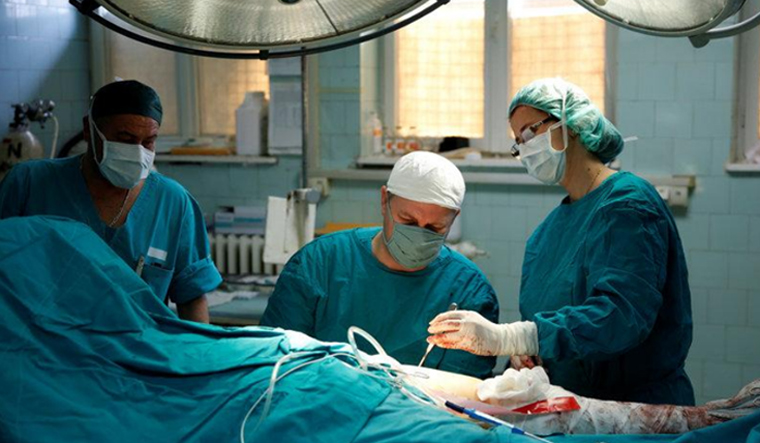More men are now donating their organs, at least when it comes to liver donation, upturning a trend where the 'burden' had been that of women. "The good news is, a few years ago, the ratio was about 70:30 (women:men). Today, the ratio stands at 55:45. Among women, it's largely mothers who end up donating—because she is a mother, what won't she do to save her child's life,” Dr Anupam Sibal, group medical director and senior pediatric gastroenterologist, told THE WEEK at an event to mark 20 years of the first liver transplant at the hospital.
Sibal, who was part of the team in 1998 said since then, there had been several advances in the field of liver transplants. More men coming forward to donate their liver was one of those encouraging developments, he said.
The advances include more children getting the transplant and doctors using advanced imaging to take pre-operative decisions. “Earlier, a surgeon would take a decision while performing the surgery. That has changed now with the availiability of advanced imaging tools. More children are now able to get liver transplants. A few years ago, no one would touch a pediatric case, because of the challenges of size in transplanting the liver from an adult to a child. Now we are doing it on babies as small as 4 kgs,” said Dr Neerav Goel, senior consultant, liver transplants, Apollo hospitals.
Goel also explained that with new technology, surgeons are now doing transplants even when the donor and recipient have incompatible blood groups. “We are now doing ABO incompatible transplants by using special dialysis techniques that remove the existing blood group antibodies and prepare the immune system in a way that it does not reject the donor's [with an incompatible blood group] organ. We are also doing combined liver-kidney transplants,” said Goel.
However, the procedure does raise the cost of the transplant, that is anyway expensive. Liver transplant at a hospital such as Apollo costs about 18 lakhs, and in the case of an ABO incompatibility this cost could go up by 3-4.5 lakhs. “Though the procedure is expensive, it is important that we can do it because in a country such as India, where cadaver donation rates are low, and only relatives are allowed to donate, a patient can at least get the surgery if they can afford to pay for it,” said Goel.
Each year, around 1,800 liver transplants are done, with as many as 20,000 people needing a liver transplant at any given point.
When it comes to the number of deceased organ donations, India is the last country in the world, according to National Organ and Tissue Transplant Organisation. This is despite the fact that around 5 lakh people die in road accidents every year, and each could be a potential donor. India's deceased donor donation rate stands at 0.8 per million, dismal when compared to countries such as Spain, where it is 35 per million.



